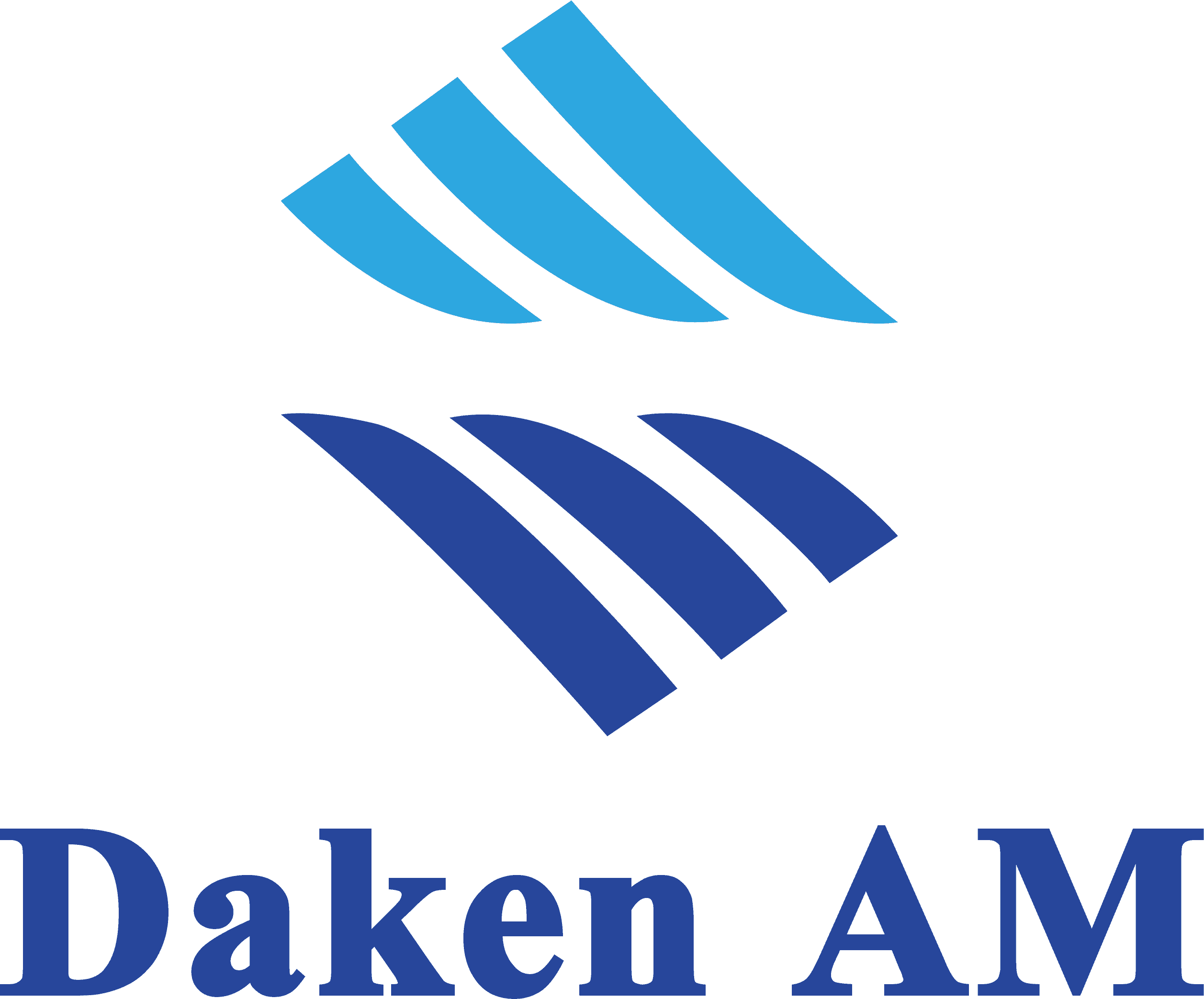| Shanghai Daken Advanced Materials Co.,Ltd | |
|---|---|
| Country: | China |
| Tel: | +8637166670886 |
| E-mail: | info@dakenam.com |
| QQ: | 1690700875 |
| Skype: | Chat Now! |
What is Reactive Mesogen ?
Release time: 2023-03-15
Reactive mesogens (RMs) are an emerging class of materials that have gained considerable attention in recent years due to their unique properties and potential applications in various fields such as optics, electronics, and materials science. These materials are composed of a mixture of mesogenic and reactive moieties, which allows them to exhibit both liquid crystal (LC) behavior and undergo chemical reactions.
The liquid crystal behavior of RMs arises from the presence of mesogenic moieties, which are typically rod-shaped molecules that exhibit anisotropic properties. These molecules can align themselves in a particular direction, giving rise to different LC phases, such as nematic, smectic, and cholesteric phases. The reactive moiety, on the other hand, allows RMs to undergo various chemical reactions, such as polymerization, crosslinking, and functionalization.
One of the most attractive features of RMs is their ability to undergo photo-induced polymerization, which allows them to be used in the fabrication of various polymer-based devices, such as displays, sensors, and optical components. The polymerization process can be triggered by exposure to UV light, which results in the formation of a polymer network within the LC phase. This process is reversible, and the LC phase can be restored by exposing the polymer network to heat.
RMs have also been used in the fabrication of light-emitting diodes (LEDs) and liquid crystal displays (LCDs). In these applications, RMs are typically used as a precursor material that is polymerized to form a crosslinked LC matrix. The resulting material exhibits excellent thermal stability, high transparency, and good electrical conductivity, making it an ideal material for use in optoelectronic devices.
In addition to their optoelectronic properties, RMs have also been explored for use in other fields, such as drug delivery and biomedicine. The ability of RMs to undergo chemical reactions allows them to be functionalized with various biomolecules, such as peptides and proteins, which can then be used to target specific cells or tissues in the body. The LC behavior of RMs also allows them to be used as drug delivery vehicles, as they can encapsulate drugs within their LC phases and release them in a controlled manner.
Despite their many potential applications, the development of RMs still faces several challenges, such as the synthesis of new and more efficient mesogenic and reactive moieties and the optimization of the polymerization process. However, the unique properties of RMs and their potential applications make them a promising area of research that is likely to continue to attract the attention of researchers in the years to come.
In conclusion, reactive mesogens are a unique class of materials that combine the properties of liquid crystals and chemical reactivity. Their ability to undergo photo-induced polymerization and their potential applications in various fields such as optoelectronics, drug delivery, and biomedicine make them a promising area of research. With further developments in their synthesis and processing, RMs have the potential to revolutionize various fields and provide new and innovative solutions to some of the most pressing challenges of our time.

